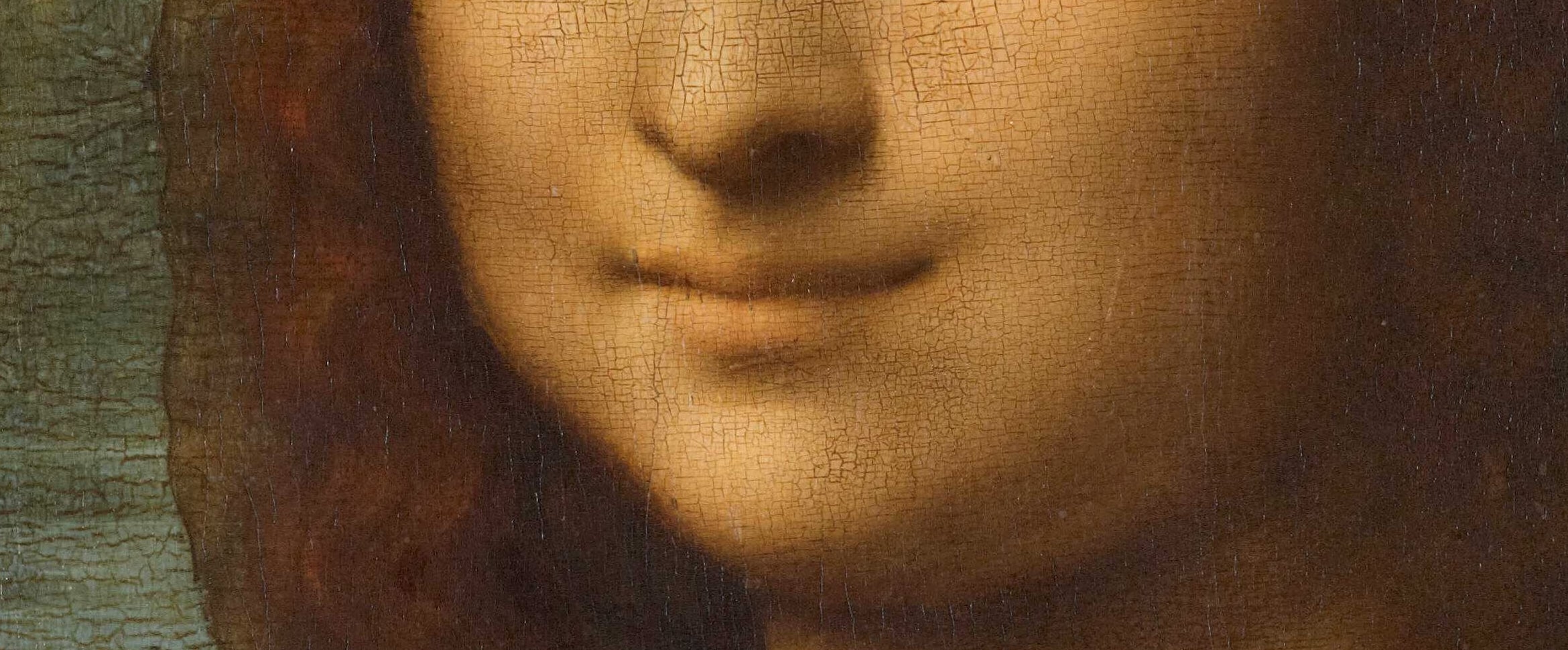Just after breakfast at the start of a beautiful spring day, I’m gazing at the ancient walls of the Colosseum. It’s crowded of course, but I’m not bothered. In fact, I’m relaxing on my couch, still in my pyjamas. The year is 2020, and the closest anyone is getting to Rome’s most iconic building is a virtual tour online. The COVID-19 pandemic has forced many lives to a standstill, and along with it heritage sites, museums and landmarks. Like many businesses, the heritage sector promptly adapted by going online — at least, as much as possible.
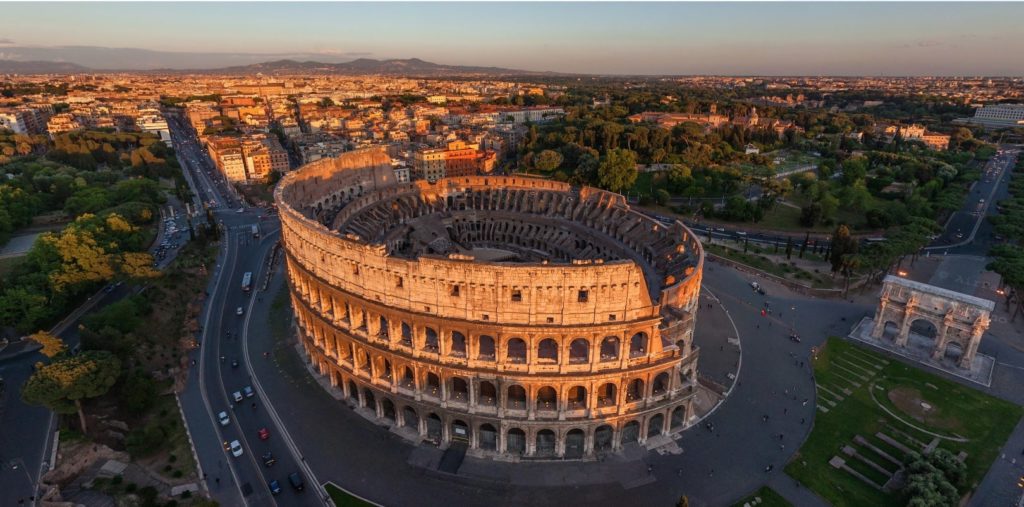
How do digital adaptations compare?
The 360-degree panoramic photos of the Colosseum are stunning in quality, and even offer birds-eye perspectives that a normal visitor would never see. But it can’t capture the heat of a Roman afternoon, the feeling of dust caught in your throat, the sensation of awe when standing among ancient bricks. Of course, reducing a three-dimensional to two dimensions, no matter the resolution, can never quite compare. But what about paintings? Surely, classical museums can make the transition online with more ease?
Yet it’s not always the case. The quality of these virtual museums vary widely from site to site. The most unimpressive are those that simply allow a “visitor” to jump in a stilted fashion from gallery to gallery, while looking at pictures of the artifacts they could have found in any Google search. as with the Colosseum, the quality of these digital reproductions is often incredible — if one “visits” the Louvre online, one can get a far closer look at the finer details of the Mona Lisa than ever possible in life, not to mention the luxury of examining at your leisure, which could never be managed in Paris, where the painting is perpetually swarmed by a crowd of frantic tourists snapping photos.
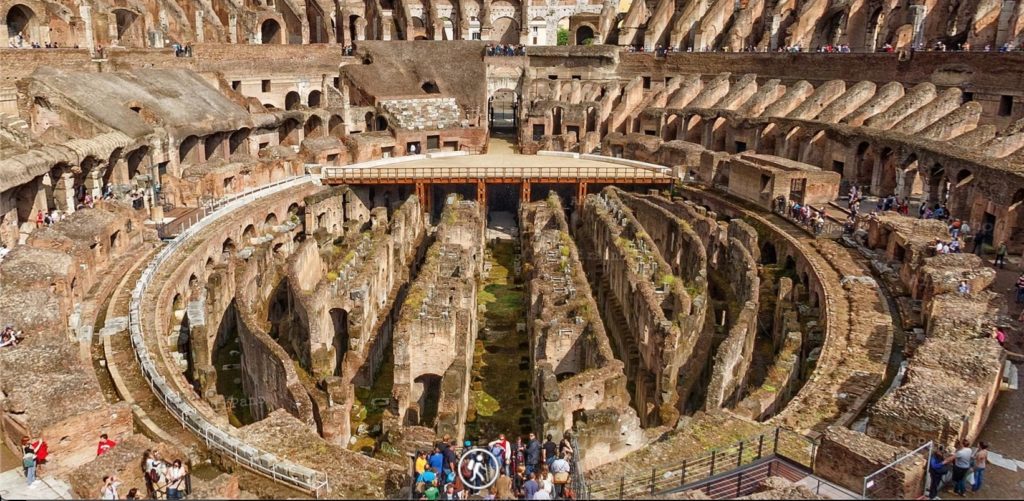
What’s missing?
Despite their high resolution, these paintings fail to evoke the same feeling of awe. Perhaps because we’ve become desensitized to online images, no matter how high their quality. Not to mention the modern skepticism of the digital image. Photos and videos can be edited and enhanced to an incredible degree — how can we tell if the northern lights are really so vibrant, or van Eyck’s detail so fine? Besides, without the comparison to our physical selves, everything becomes standardized, limited to the dimensions of our laptop screens.
There’s also a sense of psychological dissociation. Looking at the Mona Lisa online puts it on the same plane as looking at your friends’ cat pictures on Instagram. Without the frame of the museum, a cultural consumer loses the psychological parameters which help them to appreciate the artifacts on display.
Can heritage only be appreciated in person?
For most of us, interacting with heritage is a physical experience. Often, heritage is tied to travel; it’s part of a process of cultural immersion that amounts to a temporary change in our daily lives, extending not only to what we see, but what we eat, where we go, and what we do. Without this element, we are not only taking heritage out of its setting, but taking ourselves out of the setting in which we are most disposed to appreciate it.
But there are positives to online heritage as well. In addition to the advantages of closer and more careful examination, digitization is undoubtedly a step towards more egalitarian cultural heritage. Sites that are potentially cost prohibitive or inaccessible to less able-bodied persons are now only a click away. Ultimately, online heritage opens up more doors, and even if these doors are not as emotionally effective as the real thing, it’s better than nothing. After all, threats to heritage sites are mounting, making virtual adaptation not just an experiment but an imperative in heritage management. With sites under siege due to global warming, urbanization, overcrowding, as well as the simple passage of time, a suitable means for preservation are needed now more than ever.
Not just virtual, but interactive
Of all the options on the internet, the examples that function best are the ones that are interactive. The Dutch Instagram account Tussen Kunst en Quarantine created a platform in which people stuck at social distancing at home could recreate their favorite paintings with objects found around the house. The idea went viral, with photos pouring in from all over the world, and was quickly adopted by the social media accounts of several museums, including the Rijksmeusm in Amsterdam and Los Angeles’ Getty Museum.
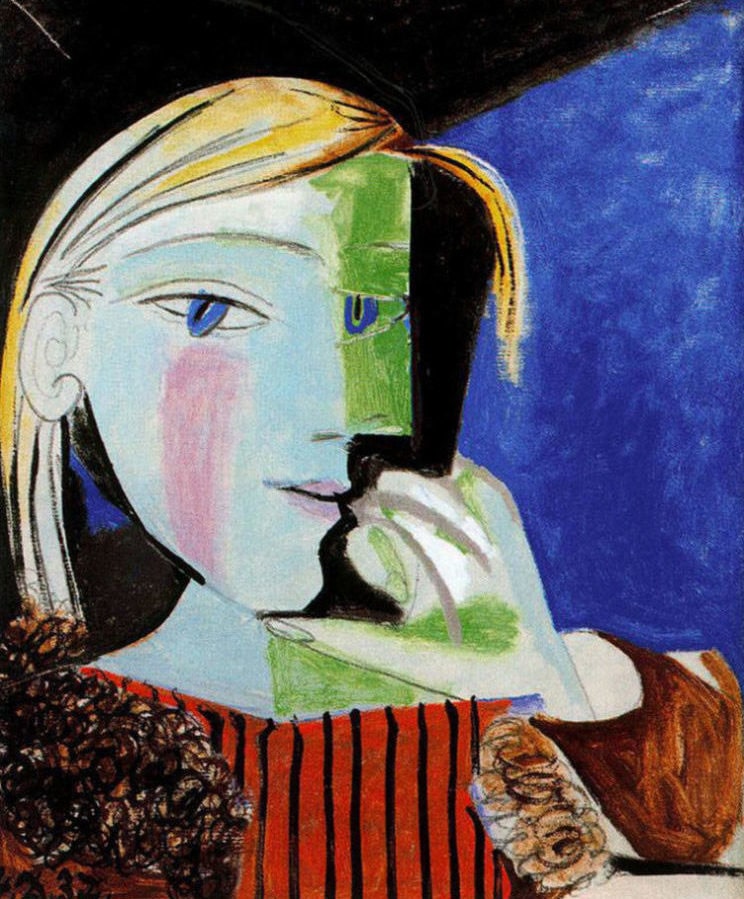
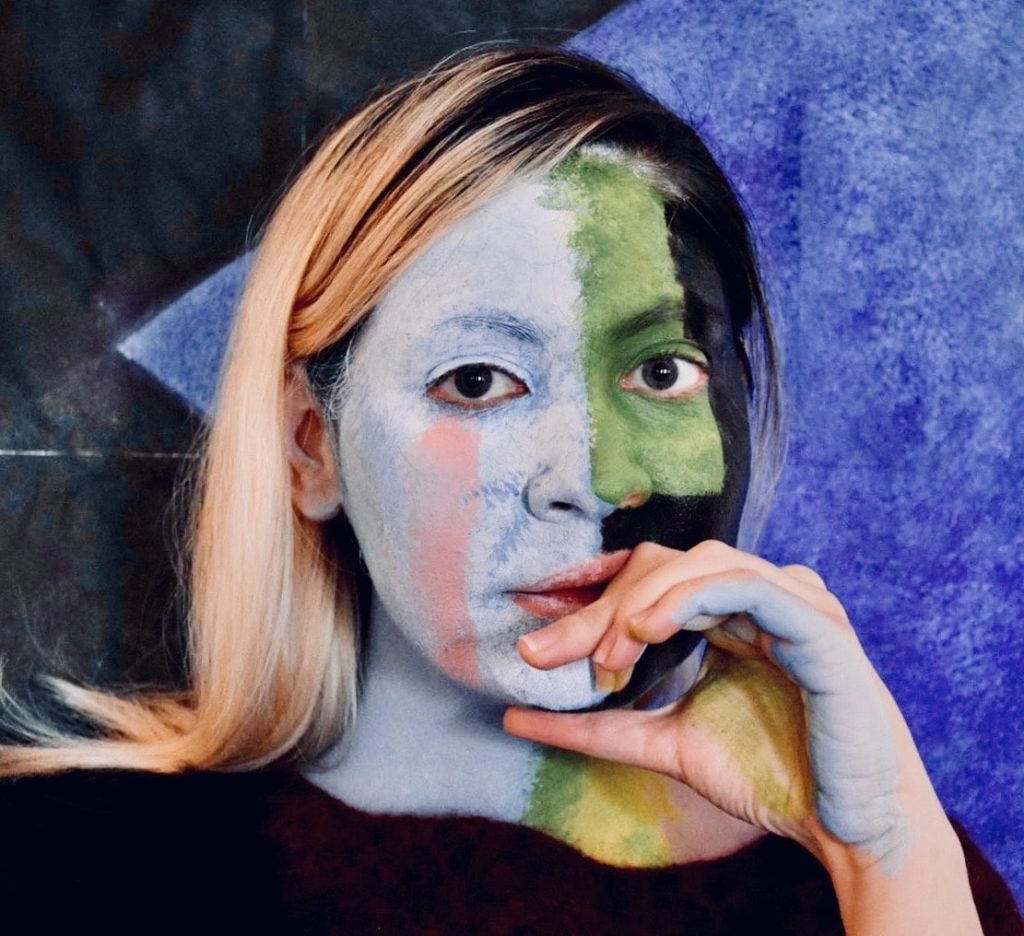
Sorina Neacșu, a cultural manager from Romania, also took part in the challenge. She recreated Pablo Picasso’s 1937 portrait of Marie-Therese Walter, which hangs in the Musee Picasso Paris. Neacșu said it was a good idea to keep the audience engaged, as well as to distract herself from the stressful situation going on around her. She describes her process: “Firstly, I thought and looked for one resembling me a little bit. Secondly, I wanted that artwork to be part of a museum collection closed during the pandemic. This second criterion was important because I wanted to have a small contribution towards promoting museums.” Ultimately, she felt that taking a detailed look at the painting reminded her how important it is to see the original piece. This highlights an important aspect of this means of online heritage — not only does it foster interaction and inspire creativity, but encourages people to visit the real-life galleries when the pandemic is over.
Some creative individuals have even gone beyond recreation and began to curate their own exhibitions. Projects like “Inwards” are encouraging people to actively contribute to history by submitting artwork representing their experiences since the pandemic has begun. Seeing such ongoing projects are a reminder that we are not just observers in the cultural heritage process, but active contributors to it.
The future of online heritage
The lesson to be learned is that there are many ways to appreciate heritage. In the best case scenario, these different ways can be combined to create a complete and universal cultural education. In an ideal world, we would be able to choose freely how we’d like to interact with heritage — but at this time, it’s simply not an option. If anything, this crisis has proved that it’s in our nature to adapt creatively and find inspiration even in the darkest of times. Though our bodies might be on lock down, our need for cultural expression cannot.
XXXXXXXXXXXXXXXXX